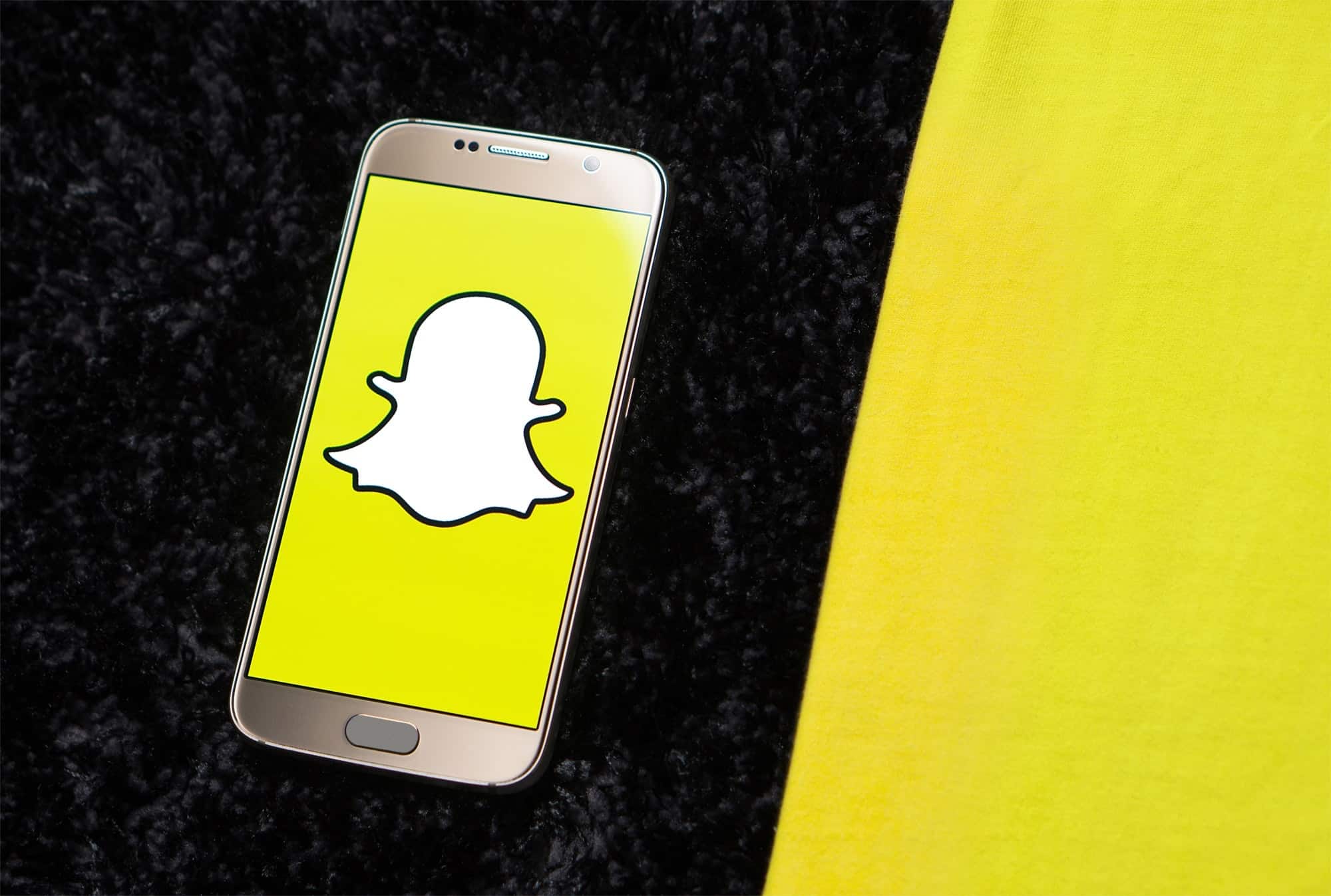
The Rise of the Story
Issy Mansell has joined us this week for some work experience. A keen user of social media, Issy took a small jump into the pool that is the “Story”, and has examined its rise, fall, and rise again on multiple platforms.
It all started with Snapchat in 2011, but now stories have taken over social media as the new and exciting way to document your life online. As the innovators, Snapchat introduced stories as 24 hour photos and videos that your friends could view. This quickly developed with weird and wonderful filters that were changed each week.
However, as the popularity of Snapchat sky rocketed, Mark Zuckerberg jumped on the bandwagon five years later and has now introduced stories on Facebook, Instagram and WhatsApp. No longer are the endless boomerang videos and selfies enough, we now have live streaming of not only the lives of your friends, but anyone on Instagram.
The 700 million users of Instagram certainly took to stories as it became one of the most popular features being used by the majority of them. Companies have also taken advantage of the trend and used it for advertising as well as to show the day to day workings behind the brand.
In fact, the response to Instagram stories has been so positive that there has been a decline in the use of Snapchat stories. This has been evaluated by Nick Cicero, CEO of Delmondo, a creative studio and social video analytics platform. From the 21,500 Snapchat stories that Delmondo analysed from August to November 2016, there was a 40% decrease in average unique views. However, stories do not stop there.
The introduction of stories on Facebook, a dying social media that is only really used by older generations, does seem slightly pointless. Since they have been introduced, I have only seen one story posted by my friends. However, WhatsApp, the messaging app in which everyone already has far too many group chats, is just baffling. Unlike the other apps, a separate tab is used for the stories on WhatsApp. This means that unless you search for them, you will not find them.
Despite my personal reservations towards stories on WhatsApp, it has been reported that their use has already over taken that of Snapchat and that in just ten months 175 million people are viewing stories on WhatsApp. Many believe this is due to WhatsApp’s prevalence in countries where Snapchat is unavailable or less popular.
The meaning of the story has changed entirely, no longer is it a piece of literature, but a succession of Starbucks cups and bikini pictures. How long this trend will last is hard to say, but Snapchat is already introducing new features to keep up with the reaction to Instagram’s copycat behaviour. Will the bubble of the story ever pop?





